Dinosaur bonebeds are remarkably common fossil discoveries, representing significant snapshots of prehistoric life. These concentrated deposits of fossilized bones, often alongside associated plant remains, provide unparalleled insights into dinosaur behavior, pale ecology, and catastrophic events from the Mesozoic Era. They are far more than just piles of bones; they’re complex records of biological distress. Analyzing these sites helps paleontologists piece together a more detailed and nuanced understanding of the challenges and dangers faced by dinosaurs. The study of these deposits has revolutionized our thinking about dinosaur mortality rates and the environments they inhabited.
The interpretation of a bonebed isn’t always straightforward, and frequently requires careful consideration of geological context, bone characteristics, and the presence of associated fossils. Researchers are actively employing advanced techniques, including biomechanical modeling and statistical analyses, to uncover the conditions surrounding these massive deaths. Ultimately, the goal is to move beyond simply identifying a bonebed to truly understanding why it formed, giving us a far more complete picture of dinosaur life.
Environmental Instability
The most prevalent hypothesis regarding bonebed formation centers on environmental instability. Repeated cycles of flooding and drought, common in many Mesozoic landscapes, would have created incredibly stressful conditions for dinosaur populations. Prolonged periods of water scarcity would have depleted food resources, leading to increased competition and starvation. Simultaneously, sudden, dramatic floods could have overwhelmed local populations, particularly those inhabiting low-lying areas or riverbanks. These fluctuations in resource availability created a volatile ecosystem where individual dinosaurs were vulnerable.
Furthermore, the type of geological setting significantly influences the probability of bonebed formation. Areas with fluvial (river) systems – characterized by dynamic sediment deposition – are naturally predisposed to collecting and concentrating bones. The power of rivers to erode and transport material readily accounts for why so many bonebeds are discovered alongside ancient river channels. Paleogeographic reconstructions, detailing the ancient river systems and drainage patterns, are crucial for identifying regions most likely to have experienced such unstable conditions.
Finally, the presence of landslides and debris flows is frequently observed in the vicinity of dinosaur bonebeds. These mass movements of sediment can rapidly bury and disarticrate bones, concentrating them into distinct layers. The chaotic nature of these events would have been incredibly lethal for any dinosaurs caught in their path, contributing directly to the immense mortality observed within the bonebed.
Predation – A Powerful Force
While environmental factors are arguably the dominant driver, predation certainly played a significant role, particularly in triggering or amplifying bonebed events. Large theropods, like Tyrannosaurus rex and Allosaurus, were equipped with formidable hunting capabilities, and their attacks could inflict devastating injuries. A single, large predator, or even a coordinated pack, could cause extensive damage to numerous individuals.
However, it’s important to note that predation didn’t necessarily cause a bonebed; it often exacerbated a pre-existing condition. A population already weakened by drought or flooding would be far more vulnerable to predation. The presence of healed wounds on some of the bones – evidence of previous encounters – suggests a history of repeated predatory attacks within the same area. Analyzing bone damage patterns – the type of injuries, their distribution, and the size of the predators involved – provides valuable clues about the nature of the attacks.
Moreover, the spatial distribution of bones within a bonebed can sometimes reflect the movements of a predator or a group of predators. For example, a concentration of heavily damaged bones near a central point might indicate where a predator was actively hunting. The overall picture points to a complex interaction between environmental stress and the inherent dangers of a predatory world.
Disease and Parasite Outbreaks
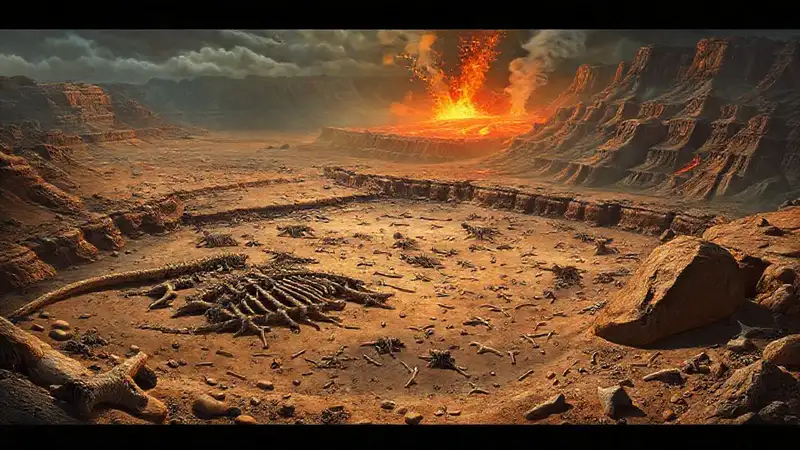
The possibility of disease and parasite outbreaks as a contributing factor to dinosaur bonebeds is gaining increasing attention. While challenging to prove definitively, evidence suggests that dinosaurs, like modern animals, were susceptible to infectious diseases and parasitic infestations. A sudden, widespread outbreak could have decimated a population rapidly, leaving behind a concentrated pile of carcasses.
Specific skeletal features, such as lesions and abnormalities, can sometimes be interpreted as evidence of disease. However, distinguishing between natural pathologies (e.g., fractures, arthritis) and signs of infection can be complex. Fossilized parasite eggs and larvae are incredibly rare, making it difficult to confirm the role of parasites in these events. Nevertheless, the potential for rapid disease transmission within a dense dinosaur population cannot be dismissed.
Furthermore, analyzing the isotopic composition of the bones – specifically, ratios of stable isotopes like carbon and nitrogen – could potentially reveal information about nutritional stress, which can weaken an animal’s immune system and make it more vulnerable to disease. This approach is still relatively new but holds promise for unraveling the complexities of dinosaur health and mortality.
Taphonomic Processes – The Final Stage
Once a mortality event occurred, taphonomic processes—the study of how fossils form, preserve, and are discovered—played a crucial role in creating the bonebed itself. Rapid burial by sediment was paramount, protecting the bones from scavenging and weathering. The specific type of sediment and its consolidation rate directly impacted the level of articulation (how bones are still connected) and disarticulation (how bones are separated) observed in the bonebed.
The degree of disarticulation – how far apart the bones are from each other – provides insights into the manner in which the animals died and were subsequently dispersed. A high degree of disarticulation suggests a violent event, such as a landslide, while a degree of articulation implies a more gradual process, perhaps involving the decomposition of carcasses and their subsequent burial. The composition of the sediment surrounding the bones is also vital, providing clues about the local environment.
Finally, the preservation of the bonebed depends on the long-term stability of the geological environment. Erosion, deformation, and metamorphism can destroy or obscure bonebeds, making them difficult to discover. Careful dating and stratigraphic analysis are essential to determine the age and context of a bonebed, ensuring its accurate interpretation.
Conclusion
Dinosaur bonebeds represent a powerful testament to the challenges and dangers faced by these magnificent creatures during the Mesozoic Era. While environmental instability, particularly fluctuating climates and river systems, consistently emerges as a primary driver, the influence of predation, disease, and complex taphonomic processes cannot be ignored.
Continued research, utilizing advanced analytical techniques and incorporating interdisciplinary approaches, is crucial for further refining our understanding of these remarkable events. By carefully studying these fossilized graveyards, we are not just documenting past dinosaur deaths; we are gaining invaluable insights into the dynamic and often perilous world they inhabited, ultimately reshaping our view of dinosaur evolution and behavior.
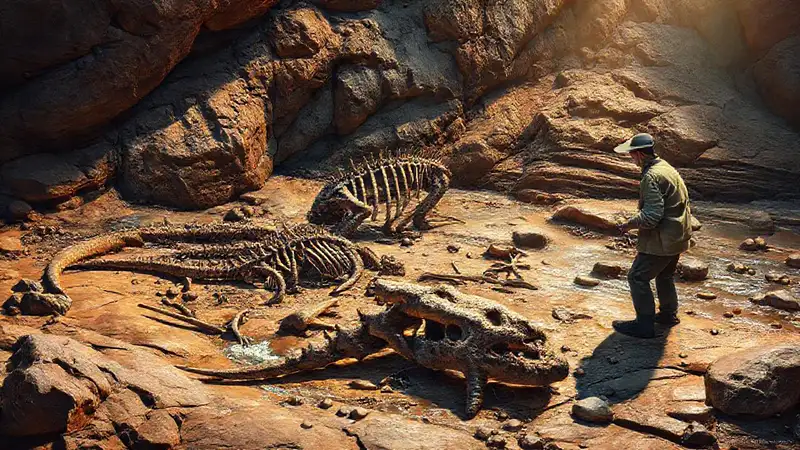
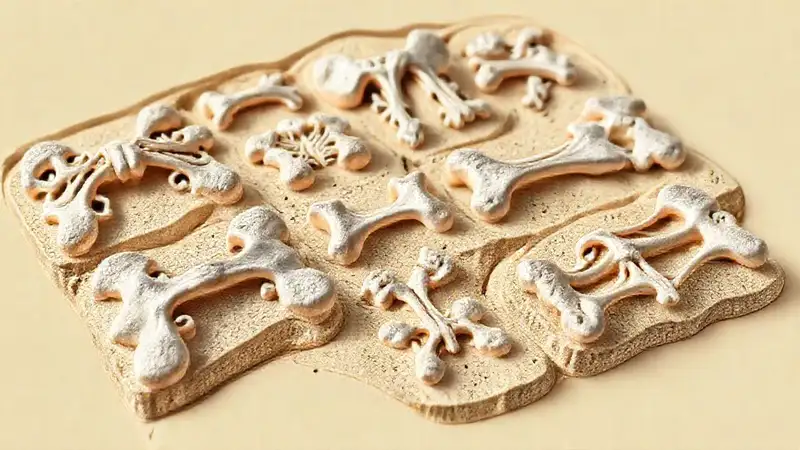
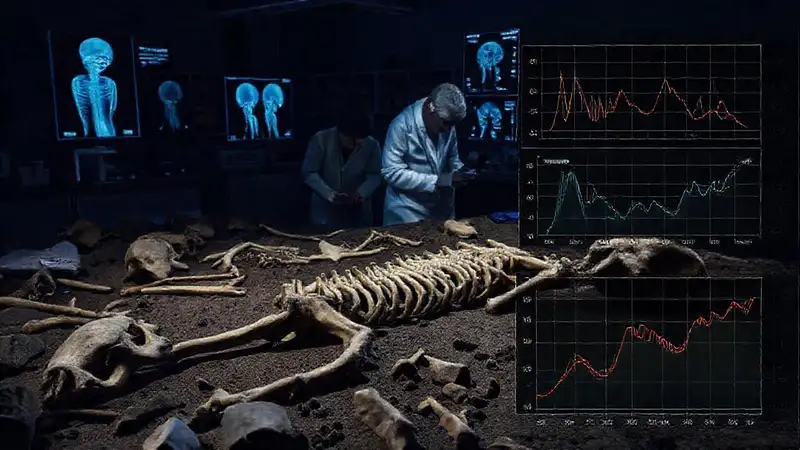
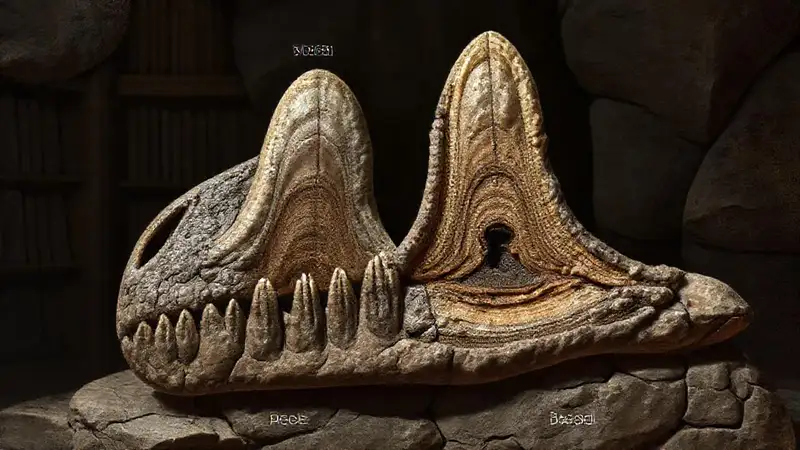
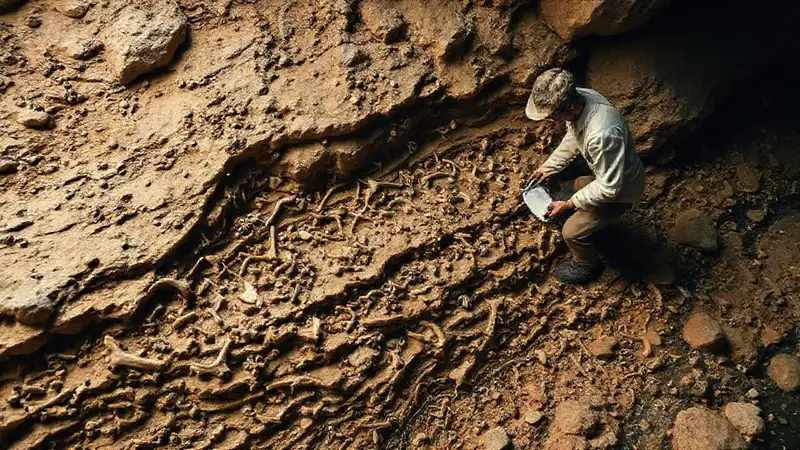
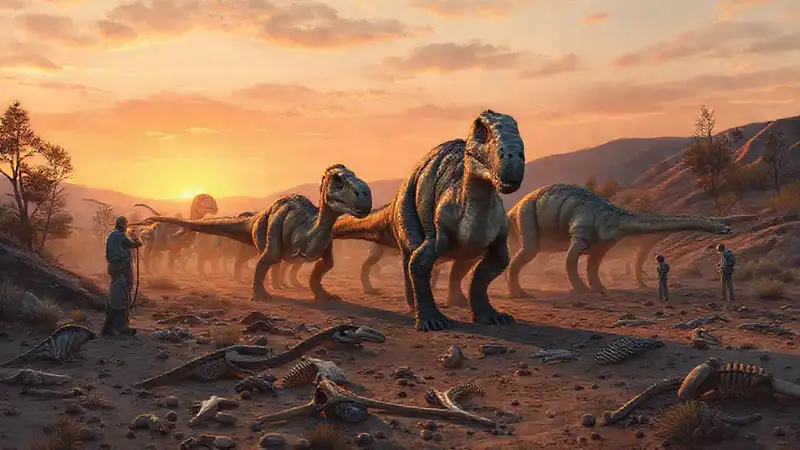
Deja una respuesta